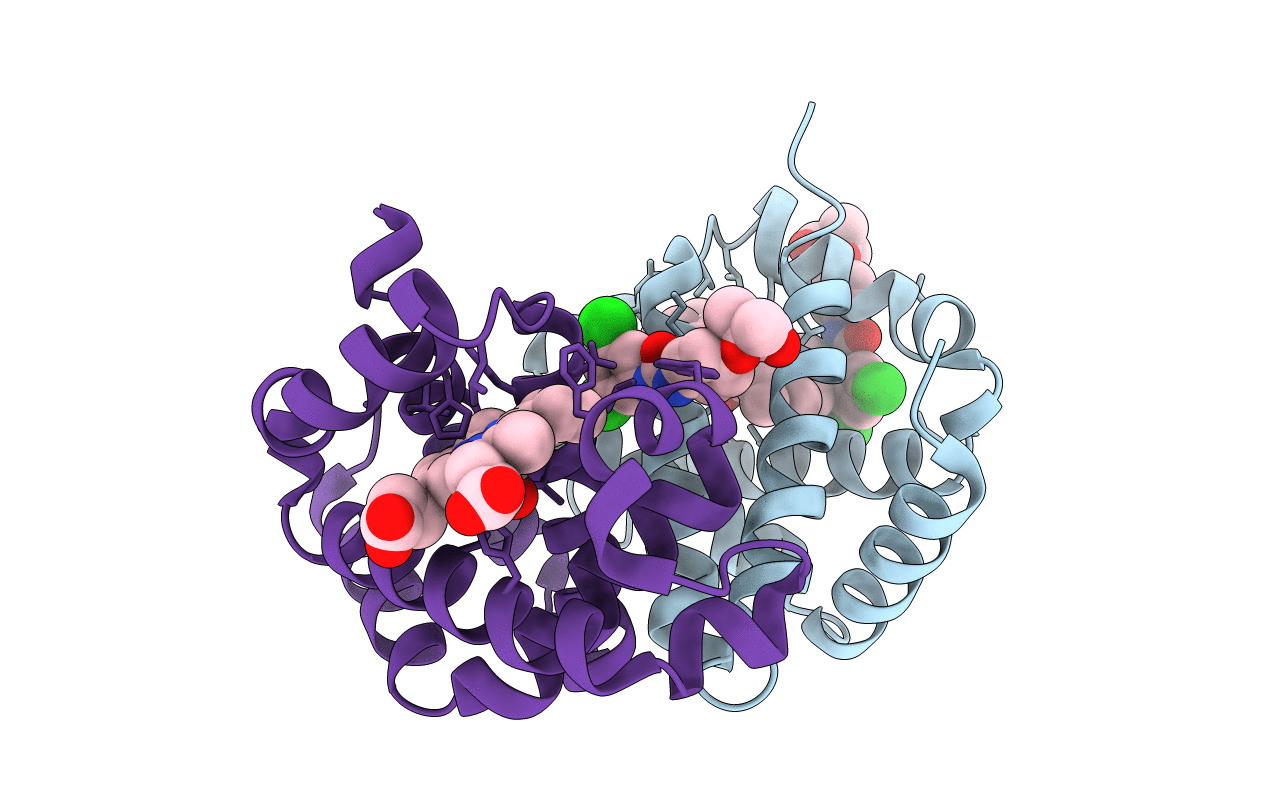
Deposition Date
2005-11-08
Release Date
2006-03-07
Last Version Date
2024-03-13
Entry Detail
PDB ID:
2D5X
Keywords:
Title:
Crystal structure of carbonmonoxy horse hemoglobin complexed with L35
Biological Source:
Source Organism:
Equus caballus (Taxon ID: 9796)
Method Details:
Experimental Method:
Resolution:
1.45 Å
R-Value Free:
0.21
R-Value Work:
0.19
R-Value Observed:
0.19
Space Group:
C 2 2 21


